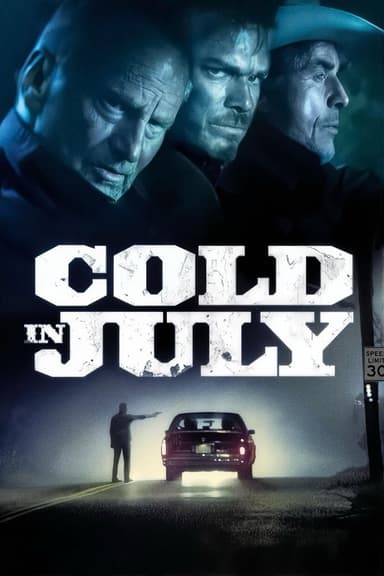
Let Him Go
2020 • Crime, Thriller, Western • R
Following the loss of their son, a retired sheriff and his wife leave their Montana ranch to rescue their young grandson from the clutches of a dangerous family living off the grid in the Dakotas.
Runtime: 1h 54m
Why you should read the novel
Larry Watson’s novel Let Him Go delves far deeper into the psyches of its characters than any screen adaptation could hope to achieve. Through Watson’s evocative prose, readers gain unparalleled access to the intimate thoughts and struggles of George and Margaret Blackledge, feeling each moment of loss, longing, and resilience firsthand. The book immerses you in the desolate beauty of the American Midwest, allowing the harsh landscape to become a character as haunting as any human presence.
Rather than compressing events into a cinematic timeframe, the novel offers a slow-unfolding narrative rich in nuanced detail. Subtle interactions, complex motivations, and powerful silence—a staple of Watson’s storytelling—grant the book a tense emotional undercurrent the movie can only hint at. This unhurried exploration means readers can savor the heartache and hope at the story’s core, forming a much more intimate bond with the Blackledge family’s heartbreaking journey.
Beyond mere plot, Let Him Go the novel masterfully explores themes of parental love, loyalty, and the moral ambiguity of justice. If you’re someone who craves layered character-driven stories and prose that lingers in your mind, you’ll find a more rewarding experience within Watson’s pages than in any film adaptation.
Adaptation differences
The film Let Him Go is largely faithful to Larry Watson’s novel in terms of its central plot: the Blackledge grandparents’ quest to rescue their grandson from a dangerous family. However, the adaptation streamlines the narrative, condensing many scenes and focusing the emotional arc primarily on Margaret, played by Diane Lane. This leaves out several subplots and supporting character developments found in the book, making the film a more direct, albeit narrower, emotional experience.
One major difference is the depth of characterization. In the novel, both George and Margaret are fully fleshed out with distinct voices and inner struggles. Watson devotes significant space to their dynamic as a couple grappling with grief and differing philosophies on how to protect their loved ones. The movie, in contrast, often foregrounds Margaret's perspective, with George becoming a more stoic, silent partner in their shared journey, thus lessening the emotional complexity between them present in the source material.
The book also takes more time to explore the Weboy clan’s backstory and motivations. Readers get a chilling sense of the generational trauma and violence that shape the antagonists, which gives a greater context and sense of inevitability to the narrative’s grim turn. The film, meanwhile, presents the Weboys as more overtly villainous, glossing over the subtleties that make them more than mere antagonists in the novel.
Finally, the ending in the book is more ambiguous and contemplative, leaving the fate of various characters open to interpretation and inviting readers to wrestle with the moral consequences of the Blackledges' choices. The film, by necessity and convention, provides a more dramatically resolved and visually cathartic conclusion, simplifying the complex, lingering questions Watson’s writing leaves with the reader.
Let Him Go inspired from
Let Him Go
by Larry Watson










